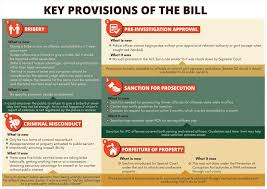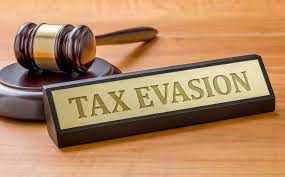Companies Act 2013 – Section 139 a closer look

A simple understanding of section 139(1) of the Companies Act 2013 provides the below-mentioned points, regarding the appointment, term, duration and rotation of the auditors:
- In 1st Annual General Meeting of a company, the auditors would be appointed on the conclusion of the 1st Annual General Meeting for a period of 5 years till the conclusion of company’s 6th AGM;
- During the 6th AGM, the auditors would be appointed again for a period of 5 years; and
- In each AGM, the appointment would be ratified by the members for continuing such appointment.

As per Section 139(2) of the Companies Act, 2013, every listed company and few classes of private companies and unlisted public companies are required to compulsorily rotate their company auditors once they have served the office for a period of ten or more successive years. The 3rd Proviso to the Section 139(2) provides a moratorium period, where a company which was incorporated before 1st of April 2014, is provided for a period of three years from such date to fulfill the requirement of rotating the auditors. Hence, from 1st April 2017, each company which is required to rotate the auditors under this Act would have to rotate the current auditors, if the existing auditors have held the office for ten years or more.
The 3rd proviso this section and the rule 6(3)(i), raises questions as to what is to be done when the Auditors of the company has completed three or seven years.
The drafter had already contemplated such questions and hence provided:
(i) Auditors who have completed three years:
They could be appointed for approaching seven years and the mode can be that first they would be appointed for 2 years for completing their term of 5 years and then they could be further appointed for a period of five years.
(ii) Auditors who have completed seven years:
They could be appointed for 3 years in other words up to the completion of their transition period.
This could be further explained with the help of the following table:
| Number of successive years for which the auditor has been the auditor of a company [in the 1st AGM which is held after 1 st April 2014] | Maximum number of successive years after 1st April, 2014 for which they might be appointed in a company after transitional period | Collective period which an auditor will complete in a company with respect the other columns |
| 5 years or more | 3 years | 8 years or more |
| 4 years | 3 years | 7 years |
| 3 years | 3 years | 6 years |
| 2 years | 3 years | 5 years |
| 1 year | 4 years | 5 years |


 ITAT Amritsar: No Section 269SS Violation for One-Time Cash Payment Before Sub-Registrar
ITAT Amritsar: No Section 269SS Violation for One-Time Cash Payment Before Sub-Registrar  Tax Officials Unleash Digital Dragnet: How New Raid Powers Redefine Privacy, Property Rights in India and likely to Fuel Corruption
Tax Officials Unleash Digital Dragnet: How New Raid Powers Redefine Privacy, Property Rights in India and likely to Fuel Corruption  Income Tax Department Rewards for Reporting Tax Evasion: A Comprehensive Guide
Income Tax Department Rewards for Reporting Tax Evasion: A Comprehensive Guide  Forfeiture of Gratuity by Employer- What are the Remedies for an employee- Can employer be challenged?
Forfeiture of Gratuity by Employer- What are the Remedies for an employee- Can employer be challenged?  Employer can forfeit gratuity of an employee in case of moral turpitude
Employer can forfeit gratuity of an employee in case of moral turpitude  Diving Deeper: The Impact of the New Tax Bill on Dairy and Farming Income
Diving Deeper: The Impact of the New Tax Bill on Dairy and Farming Income